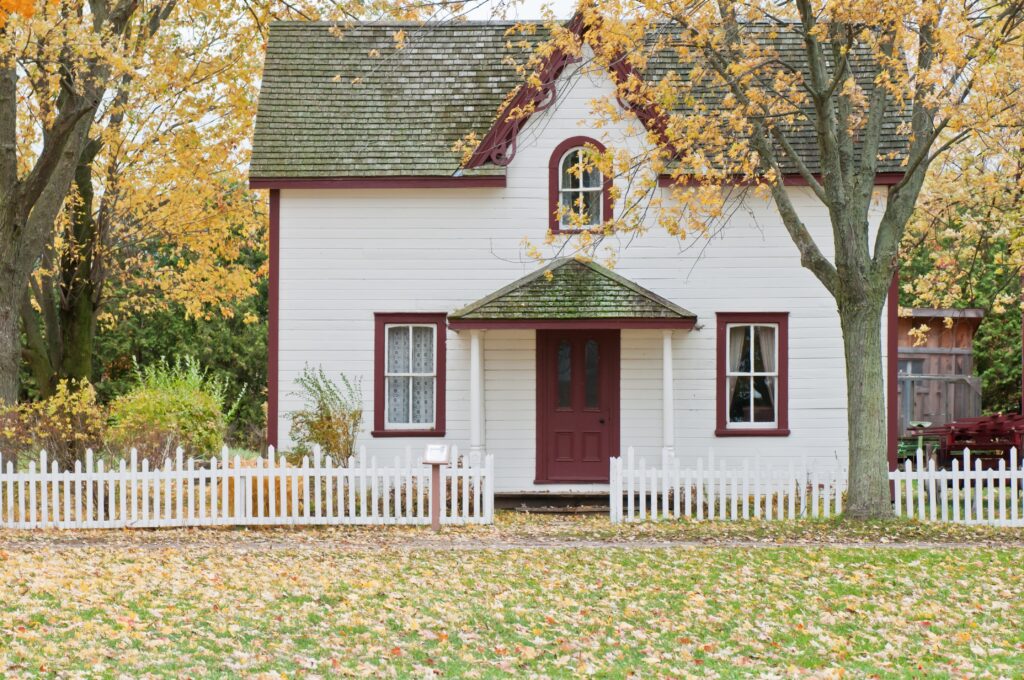Why You Should Avoid Investing in Rental Properties in High-Crime, Low-Income Neighborhoods

Rental real estate can be a great investment for those looking to generate passive income and build
long-term wealth. However, not all rental properties are created equal, and investing in certain areas,
specifically those classified as “C” and “D” areas or low-income neighborhoods, can be a risky and
unprofitable venture. In this blog post, we’ll take a closer look at why investing in rental properties in
these areas is generally not a good idea.
One of the main reasons why investing in rental properties in low-income neighborhoods is a bad idea is
that they are often located in areas with high crime rates. This can make it difficult to attract and retain
tenants, as well as increase the likelihood of property damage and vandalism. Additionally, the cost of
insurance for rental properties in high-crime areas is often much higher than in more affluent
neighborhoods, which can eat into your profits.
Another issue with investing in rental properties in low-income neighborhoods is that they are often
located in areas with poor schools and limited job opportunities. This can make it difficult to attract
quality tenants, and also means that property values may be less stable over time, making it difficult to
recoup your investment if you ever decide to sell.
Additionally, rental properties in C and D areas are often older, less desirable homes that are in need of
significant repairs and upgrades. This can be a major drain on your finances, and may not provide a good
return on investment. Furthermore, renters in these areas may not be able or willing to pay premium
rents, and may struggle to maintain the property. This can lead to additional costs for repairs, and higher
turnover rates for tenants, which can also eat into your profits.
Another factor to consider is that rental properties in low-income neighborhoods are often subject to
more stringent regulations and stricter zoning laws. This can make it more difficult to renovate or make
changes to the property, and may also increase the time and costs associated with obtaining the
necessary permits and approvals.
Perhaps one of the most significant reasons to avoid investing in rental real estate in low-income
neighborhoods is the risk of default and eviction. Tenants in these areas are often low-income or
working-class individuals who are more likely to struggle with housing affordability. This can increase the
risk of tenants falling behind on rent payments, or being unable to pay rent at all. Eviction process is
often costly, lengthy and uncertain in these areas.
In conclusion, investing in rental properties in low-income neighborhoods or C and D areas can be a risky
and unprofitable venture. While it’s true that these properties can be purchased at a lower cost, the
potential downsides, such as high crime rates, poor schools and job opportunities, older homes in need
of significant repairs, stringent regulations, and high risk of default and eviction, make them a poor
choice for investors. Instead, consider investing in rental properties in more affluent neighborhoods
with good schools, low crime rates, and stable property values. This will give you a better chance of
generating passive income and building long-term wealth through rental real estate.


Responses